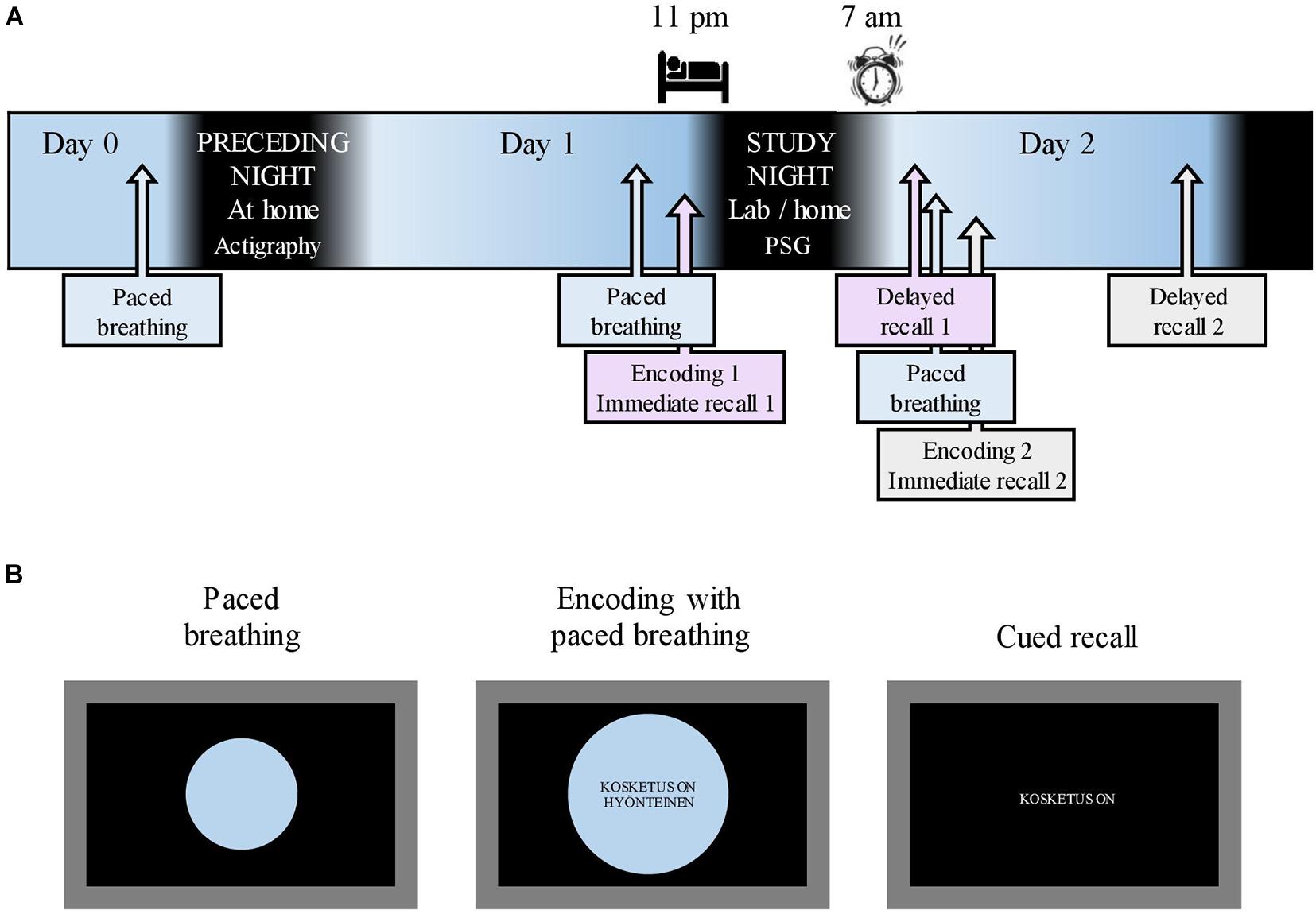

Tough EA, White AR, Cummings TM, Richards SH, Campbell JL. Travell & Simons’ myofascial pain & dysfunction: the trigger point manual. Myofascial trigger points and sensitisation: an updated pain model for tension type headache.

Fernández de las Peñas C, Cuadrado ML, Arendt-Nielsen L, Simons DG, Pareja JA.

Exercise has shown moderate benefit and can include stretching and range of motion, strengthening, endurance, or coordination exercises.Trigger point dry Needling has shown clinical benefits.The most commonly used interventions are as follows: The diagnosis and treatment myofascial trigger points is multimodal. The referred pain may spread caudally or cranially, with the intensity and expanded area of referred pain being positively correlated with the degree of trigger point activity (irritability). The referred pain is perceived as a deep, aching, and burning pain, although sometimes it may be perceived as superficial pain. The duration of the referred pain is variable (second, hours, or days). Trigger points characteristically elicit referred pain when stimulated. Different studies have demonstrated that myofascial trigger points are associated with several pain conditions, including migraine, tension-type headache, temporomandibular disorder, neck pain, shoulder pain, epicondylalgia, carpal tunnel syndrome, low back pain, pelvic pain, and whiplash syndrome. One study found that trigger points were the source of pain in 30% of patients consulting a primary care clinician for pain, and a second study reported that trigger points were the principal cause of pain in 85% of patients visiting a tertiary pain clinic. Myofascial Pain Syndrome (MPS) is a musculoskeletal pain condition characterized by local and referred pain perceived as deep and aching, and by the presence of myofascial trigger points in any part of the body.įew epidemiological studies have investigated the prevalence or incidence of myofascial trigger points.


 0 kommentar(er)
0 kommentar(er)
